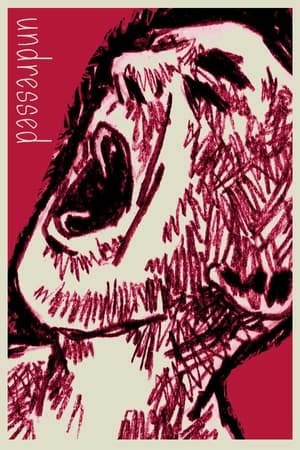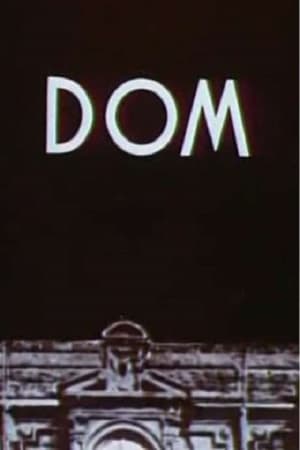
Swan(1975)
A short experimental animation by Jules Engel
Movie: Swan
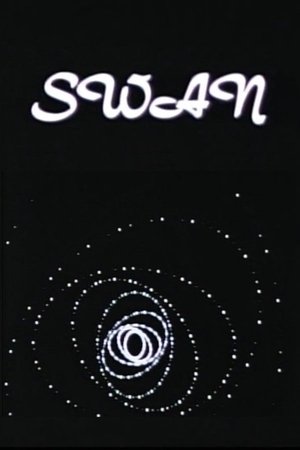
Swan
HomePage
Overview
A short experimental animation by Jules Engel
Release Date
1975-01-01
Average
0
Rating:
0.0 startsTagline
Genres
Languages:
No LanguageKeywords
Similar Movies
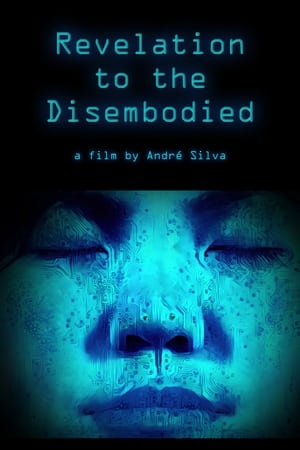 0.0
0.0Revelation To The Disembodied(en)
Fragments of a collective post-human dream construct a world that straddles hyper-technological, ecological, and mythological dimensions.
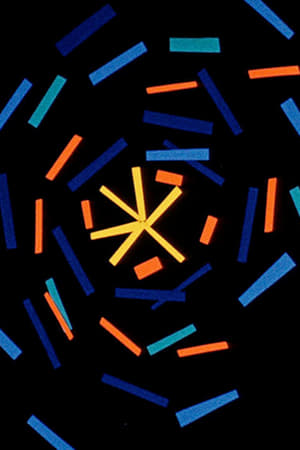 7.3
7.3Drums West(en)
This newly rediscovered short was created in Jim's home studio in Bethesda, MD around 1961. It is one of several experimental shorts inspired by the music of jazz great Chico Hamilton. At the end, in footage probably shot by Jerry Juhl, Jim demonstrates his working method.
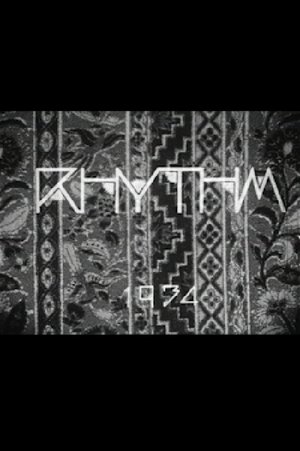 0.0
0.0Rhythm(ja)
A comfortable rhythm composed of light and shadow. Director Ogino-style absolute movie which freely manipulates geometric figures.
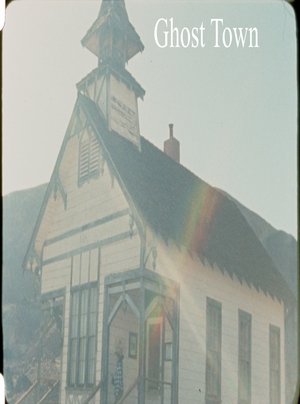 6.5
6.5Ghost Town(en)
Seraphim Cloud and his life size doppelgänger enter the netherworld of Calico Ghost Town deep within the Mojave Desert.
 0.0
0.0Gemini(en)
Sarah and her two cats go about their separate lives. The cats have strange dreams about their desires, and Sarah develops an unshakable paranoia that something is wrong with them. Sarah's paranoia bleeds into her social life, and her two cats have their dreams come true.
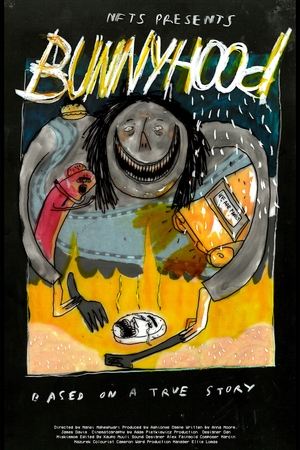 3.0
3.0Bunnyhood(en)
What could possibly be more important than feeding your daughter?
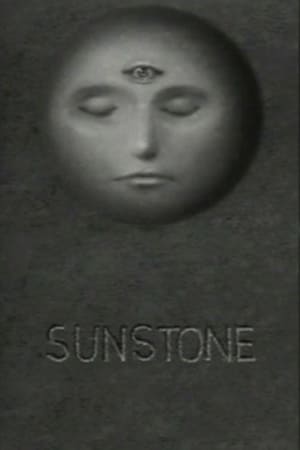 6.8
6.8Sunstone(xx)
Experimental computer animation from pioneering artist Ed Emshwiller.
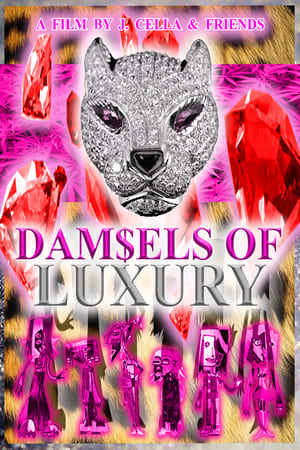 0.0
0.0Dam$els of Luxury(en)
Amanda's stoner slumber party is put to a halt when one of her guests is nowhere to be found.
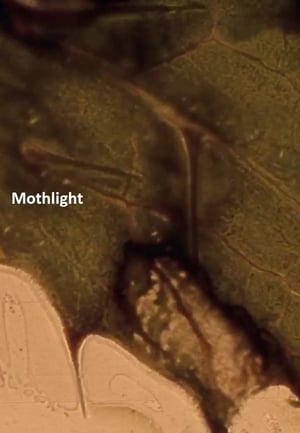 5.7
5.7Mothlight(en)
Seemingly at random, the wings and other bits of moths and insects move rapidly across the screen. Most are brown or sepia; up close, we can see patterns within wings, similar to the veins in a leaf. Sometimes the images look like paper cutouts, like Matisse. Green objects occasionally appear. Most wings are translucent. The technique makes them appear to be stuck directly to the film.
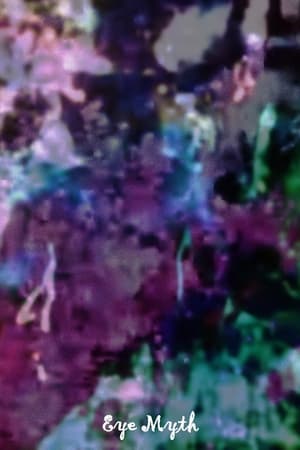 5.4
5.4Eye Myth(en)
After the title, a white screen gives way to a series of frames suggestive of abstract art, usually with one or two colors dominating and rapid change in the images. Two figures emerge from this jungle of color: the first, a shirtless man, appears twice, coming into focus, then disappearing behind the bursts and patterns of color, then reappearing; the second figure appears later, in the right foreground. This figure suggests someone older, someone of substance. The myth? Preserved by the Academy Film Archive in 2012.
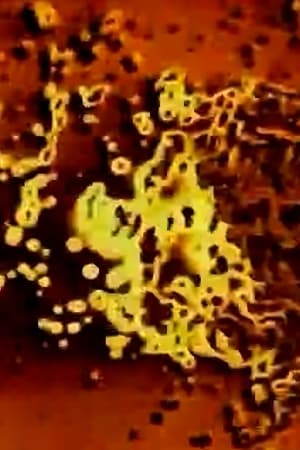 5.0
5.0High Voltage(en)
High Voltage is constructed from footage James Whitney contributed to Belson for use in one of his Vortex concerts.
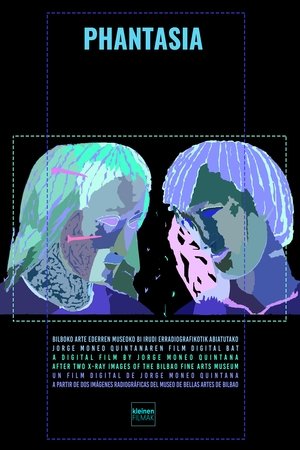 8.0
8.0Phantasia(xx)
X-ray images were invented in 1895, the same year in which the Lumière brothers presented their respective invention in what today is considered to be the first cinema screening. Thus, both cinema and radiography fall within the scopic regime inaugurated by modernity. The use of X-rays on two sculptures from the Bilbao Fine Arts Museum generates images that reveal certain elements of them that would otherwise be invisible to our eyes. These images, despite being generally created for technical or scientific purposes, seem to produce a certain form of 'photogénie': they lend the radiographed objects a new appearance that lies somewhere between the material and the ethereal, endowing them with a vaporous and spectral quality. It is not by chance that physics and phantasmagoria share the term 'spectrum' in their vocabulary.
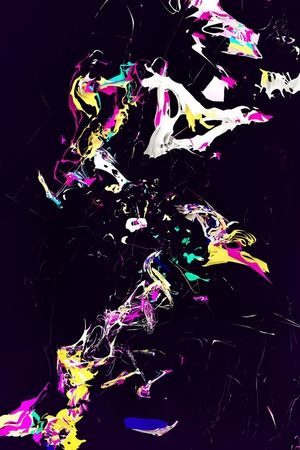 0.0
0.0vitreous(de)
The nine virtual sculptures underlying vitreous resulted from experimental setups by Robert Seidel for generating three-dimensional clusters of fibrous refractions, as well as the gravitational lensing of different volumetric and chromatic densities. Singular elements gravitate towards each other, accumulating in a gigantic sculptural system, where each entity exists with its own visual axis and vanishing point. The impalpable luminous formations create prismatic interactions between the ridges and plateaux of the main colours floating in front of the infinite violet background.
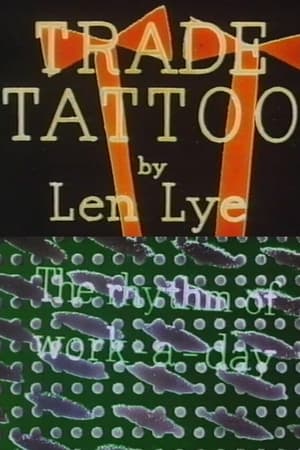 5.9
5.9Trade Tattoo(en)
Trade Tattoo went even further than Rainbow Dance in its manipulation of the Gasparcolor process. The original black and white footage consisted of outtakes from GPO Film Unit documentaries such as Night Mail. Lye transformed this footage in what has been described as the most intricate job of film printing and color grading ever attempted. Animated words and patterns combine with the live-action footage to create images as complex and multi-layered as a Cubist painting. Music was provided by the Cuban Lecuona Band. With its dynamic rhythms, the film seeks (in Lye’s words) to convey “a romanticism about the work of the everyday in all walks of life."
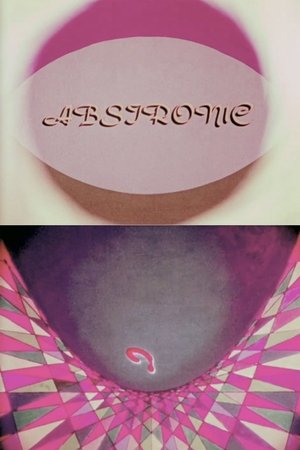 6.6
6.6Abstronic(en)
A pioneer of visual music and electronic art, Mary Ellen Bute produced over a dozen short abstract animations between the 1930s and the 1950s. Set to classical music by the likes of Bach, Saint-Saëns, and Shoshtakovich, and replete with rapidly mutating geometries, Bute’s filmmaking is at once formally rigorous and energetically high-spirited, like a marriage of high modernism and Merrie Melodies. In the late 1940s, Lewis Jacobs observed that Bute’s films were “composed upon mathematical formulae depicting in ever-changing lights and shadows, growing lines and forms, deepening colors and tones, the tumbling, racing impressions evoked by the musical accompaniment.” Bute herself wrote that she sought to “bring to the eyes a combination of visual forms unfolding along with the thematic development and rhythmic cadences of music.”
removed(en)
Starting with a piece of vintage porn, filmmaker Naomi Uman painstakingly removed each female figure from the footage using nail polish remover, leaving a striking absence where there's usually a fleshy presence. Uman's celebrated film is a smart retort to pornography's obsessive gaze at the female body.
 6.7
6.7Atman(ja)
ĀTMAN is a visual tour-de-force based on the idea of the subject at the centre of the circle created by camera positions (480 such positions). Shooting frame-by-frame the filmmaker set up an increasingly rapid circular motion. ĀTMAN is an early Buddhist deity often connected with destruction; the Japanese aspect is stressed by the devil mask of Hangan, from the Noh, and by using both Noh music and the general principle of acceleration often associated with Noh drama.
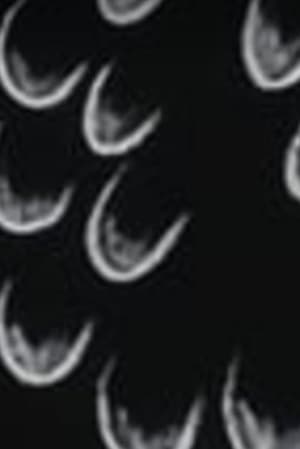 0.0
0.0Study No. 5(xx)
An abstract ballet set to "I've Never Seen a Smile Like Yours".
